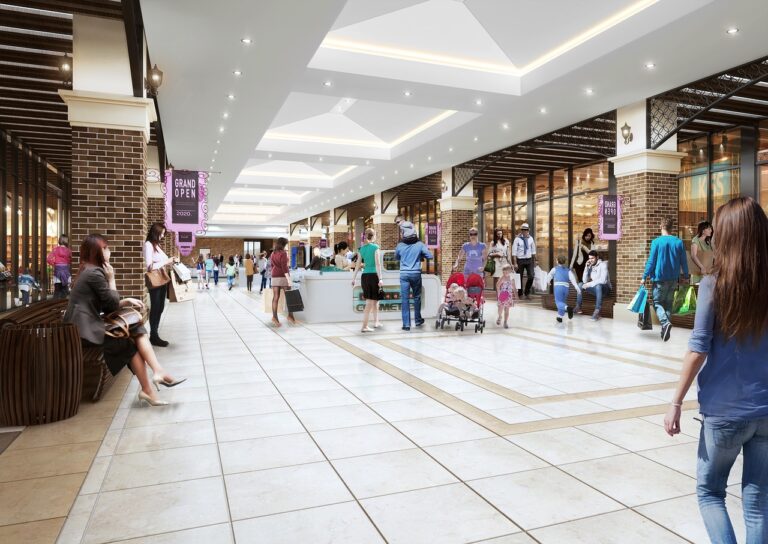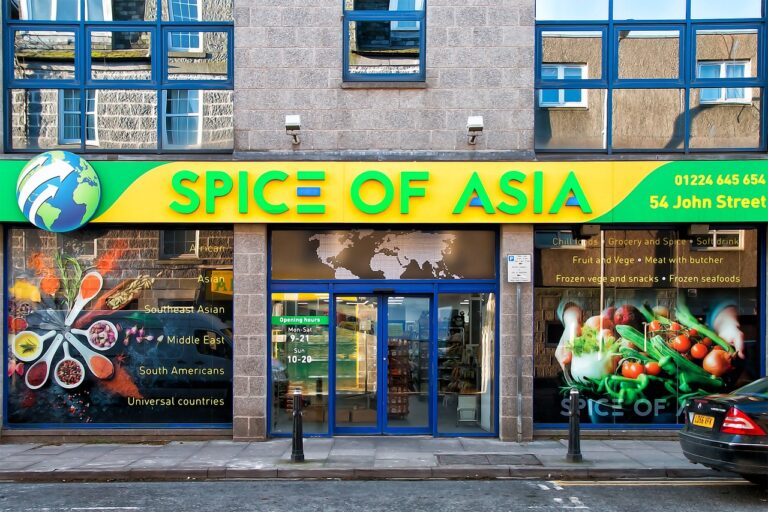Retailtainment: How Stores are Entertaining Customers to Drive Sales
Retailtainment is a modern retail strategy that combines the elements of retail and entertainment to create an engaging and immersive shopping experience for customers. It aims to transform traditional shopping outings into memorable and interactive experiences that go beyond just making a purchase. By incorporating elements such as interactive displays, live demonstrations, events, and activities, retailers can capture the attention of shoppers and keep them engaged in-store for longer periods.
This innovative approach not only attracts customers to visit physical stores but also helps in building brand awareness, increasing customer loyalty, and driving sales. Retailtainment taps into the emotional aspect of shopping by creating a fun and enjoyable environment that encourages customers to not only shop but also spend time exploring and experiencing what the store has to offer. In today’s competitive retail landscape, incorporating retailtainment elements can set stores apart from their competitors and create a unique selling point that resonates with consumers.
Benefits of Retailtainment for Stores
One of the primary advantages of incorporating retailtainment into stores is the ability to create a unique and memorable customer experience. By offering interactive and engaging activities within the store environment, retailers can capture the attention of shoppers, increase foot traffic, and ultimately improve customer loyalty. This experiential approach not only differentiates the store from competitors but also fosters a strong emotional connection with the brand, leading to increased repeat visits and higher sales volumes.
Moreover, retailtainment has the potential to attract a broader demographic of customers, including younger generations who prioritize experiences over material possessions. By providing entertaining and immersive experiences in-store, retailers can appeal to this target audience and encourage them to spend more time exploring products and making purchases. Ultimately, by leveraging the power of retailtainment, stores can enhance their overall brand image, drive customer engagement, and ultimately boost profitability in an increasingly competitive retail landscape.
Different Types of Retailtainment Strategies
One prevalent type of retailtainment strategy is interactive displays. These engaging exhibits allow customers to interact with products or services in a fun and memorable way, enhancing their overall shopping experience. Interactive displays can include virtual reality experiences, touchscreens with product information, or even interactive games that customers can play while in-store.
Another popular approach to retailtainment is live events and demonstrations. Stores often host events such as cooking demonstrations, fashion shows, or DIY workshops to entertain and educate customers. These live events not only draw foot traffic to the store but also create a buzz around the brand, encouraging customers to stay longer and explore what the store has to offer.
What is Retailtainment?
Retailtainment refers to the practice of using entertainment and experiences to attract customers to retail stores and enhance their shopping experience.
What are some benefits of Retailtainment for stores?
Some benefits of Retailtainment for stores include increased foot traffic, longer customer dwell time, higher customer engagement, increased sales, and improved brand loyalty.
What are some different types of Retailtainment strategies?
Some different types of Retailtainment strategies include in-store events and activities, interactive displays and technology, live performances and demonstrations, pop-up shops, themed shopping experiences, and immersive environments.







